Administration de la gestion de l'eau
Type of resources
Available actions
Topics
Keywords
Contact for the resource
Provided by
Groups
Years
Representation types
Update frequencies
status
Scale
-
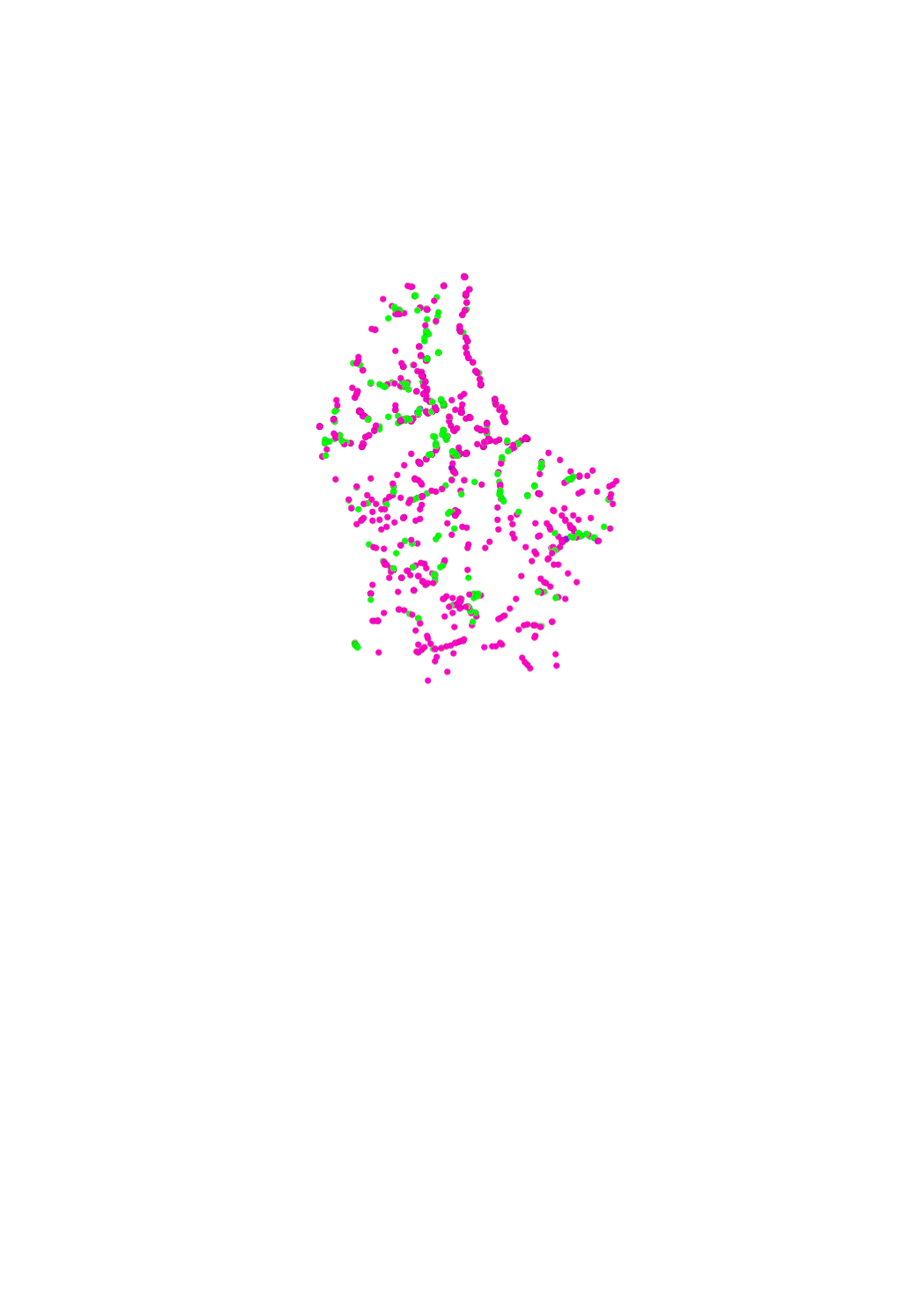
Status of the authorization demands.
-
This layer contains the inspections and controls carried out by the SICOPOL service of the Water Management Administration.
-
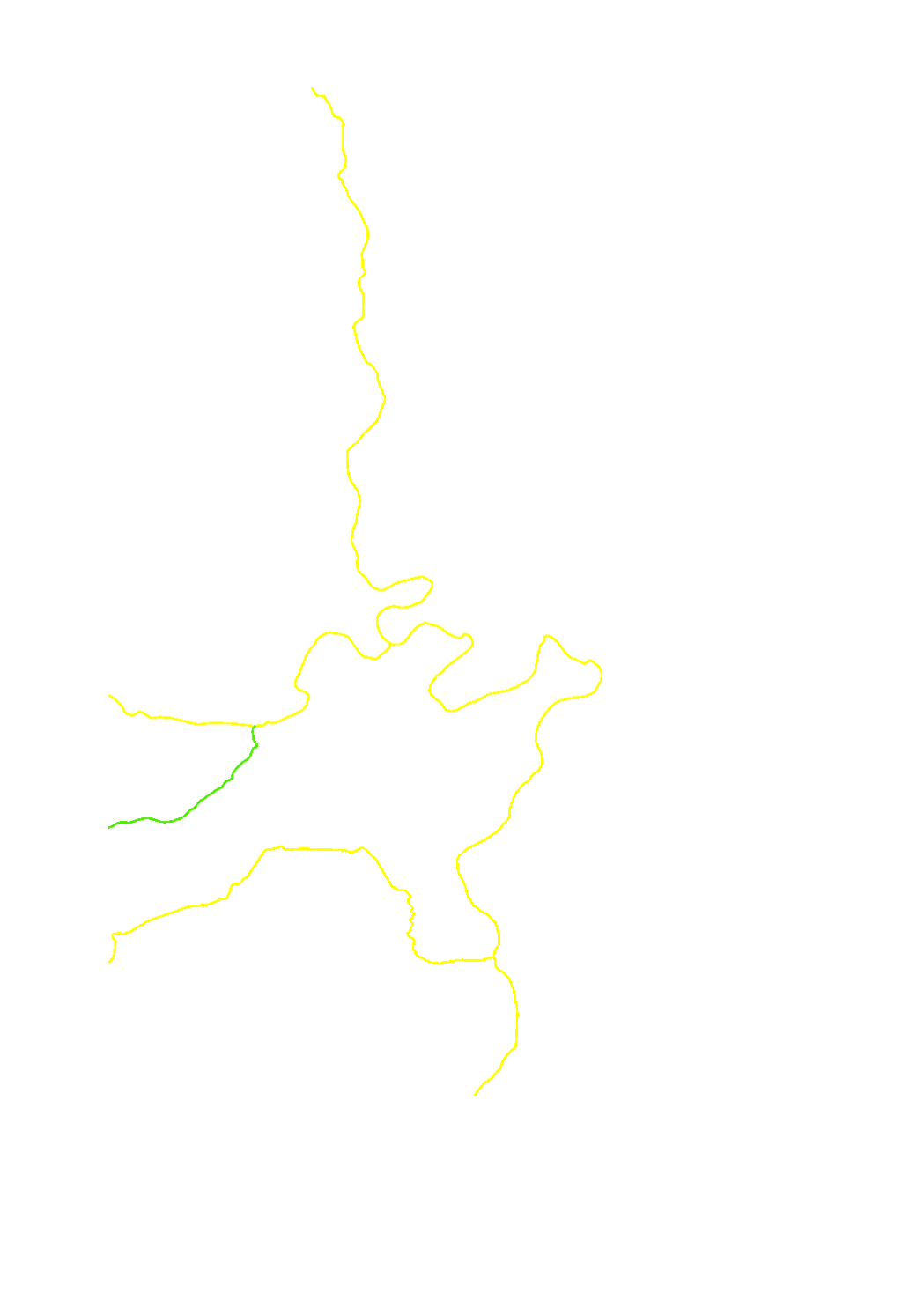
River basin specific pollutants are substances that enter the river basin or parts of it in significant quantities. The quantitative assessment is done with environmental quality standards that are fixed by the European Union member states. In Luxembourg, the substances and limit values (annual average) are fixed in the grand ducal regulation of 15 January 2016 (règlement grand-ducal du 15 janvier 2016 concernant l'évaluation des masses d'eau de surface). Evaluation takes place with 2 categories (good, moderate and worse). River basin specific pollutants are used together with the general physico-chemical parameters for evaluation of the ecological status.
-
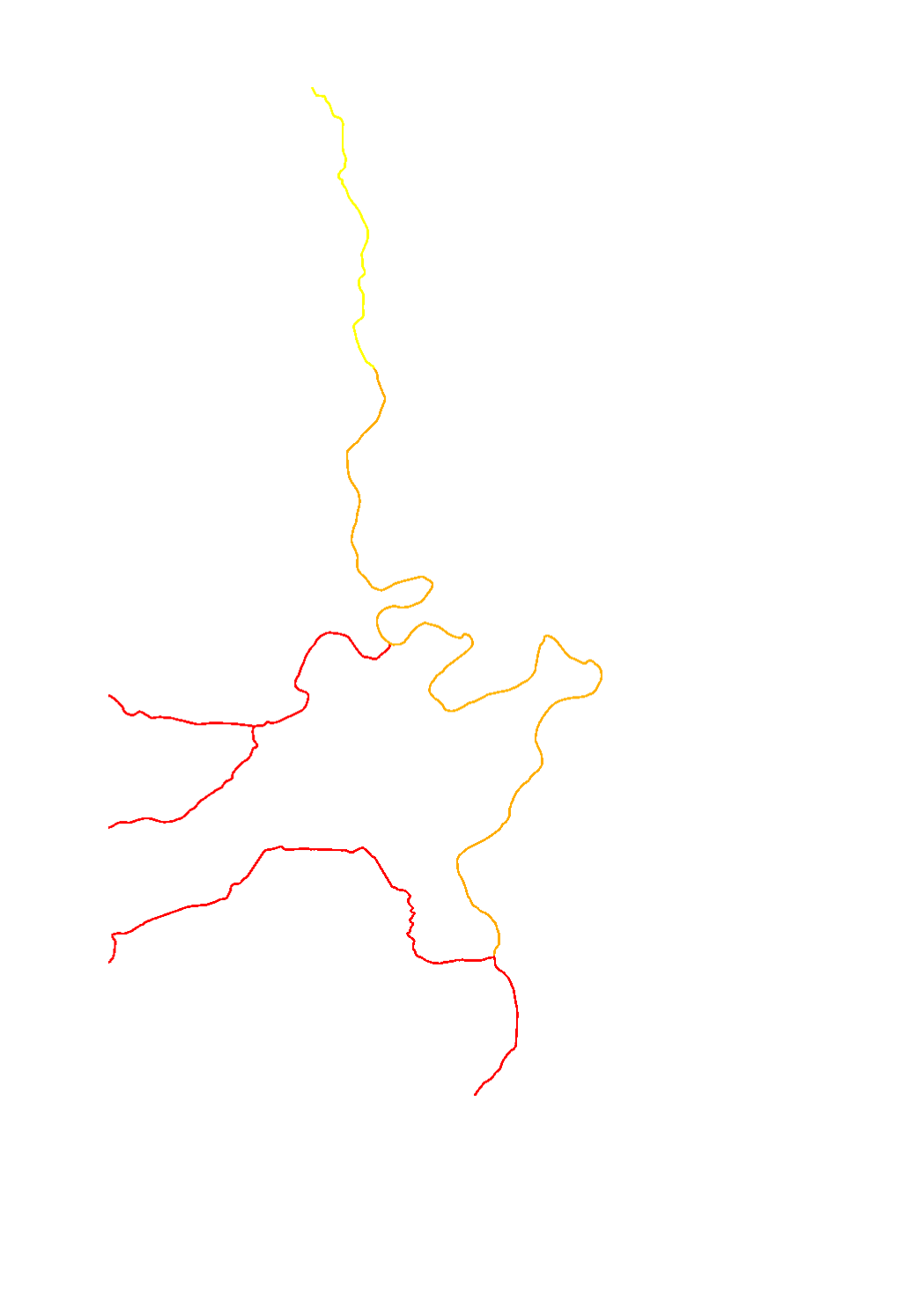
Fish are one of the 4 biological quality elements (BQE) used for the assessment of the ecological status of the surface water bodies. The assessment is made in 5 classes : high (blue) - good (green) - moderate (yellow) - poor (orange) - bad (red). Fish are sensitive to the hydromorphology, water quality, biological continuity and water regime.
-

The WFD's (2000/60/CE) quantitative status objectives aim to ensure a balance between groundwater withdrawal and recharge.
-
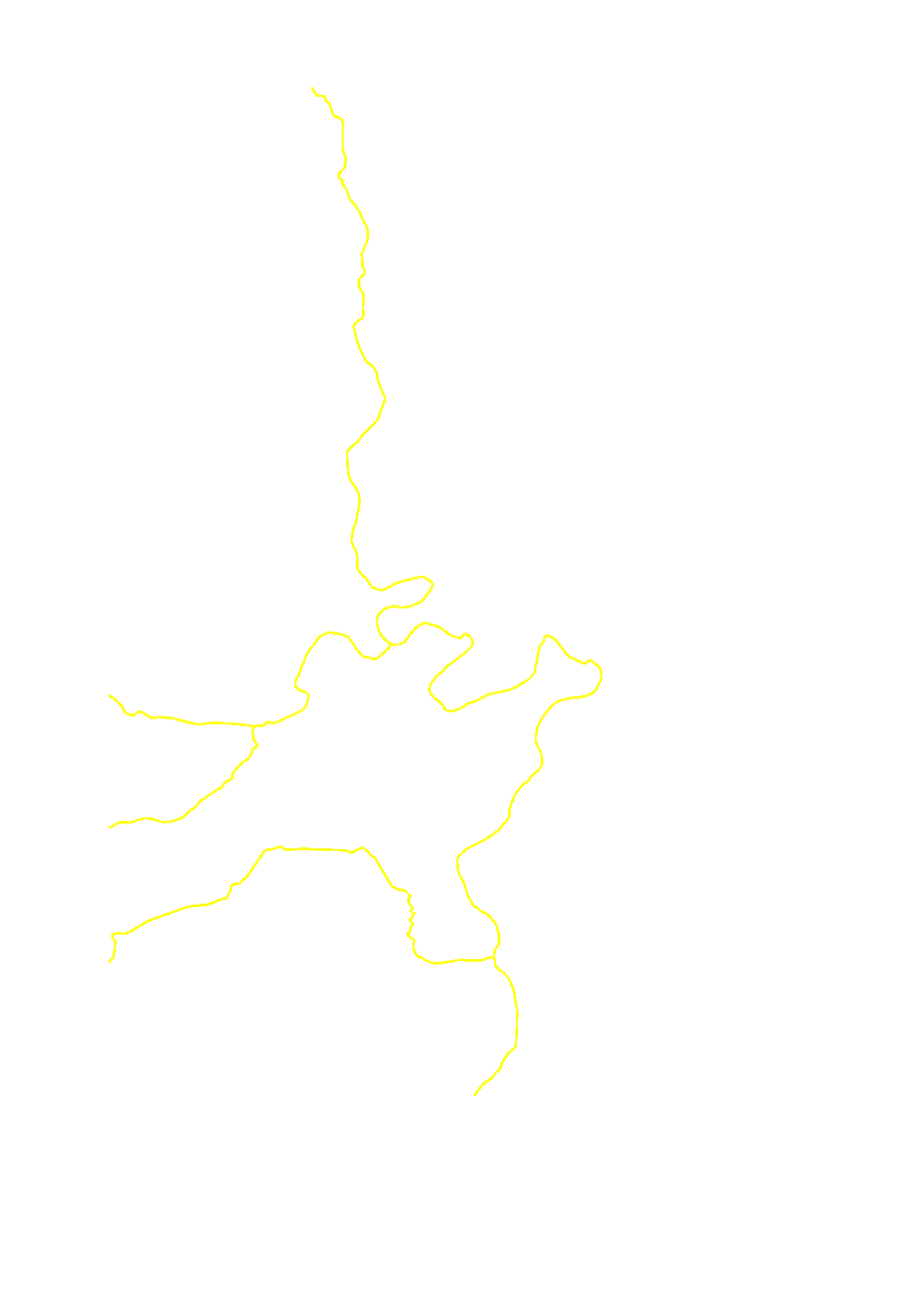
According to the water framework directive WFD (DIR 2000/60/CE), important physico chemical parameters and river basin specific pollutants are measured in the surface water bodies for the assessment of the ecological status. The modalities for this monitoring are stated in the grand ducal Regulation of 15 January 2016 (règlement grand-ducal du 15 janvier 2016 concernant l'évaluation of the dimension d'eau de surface).
-
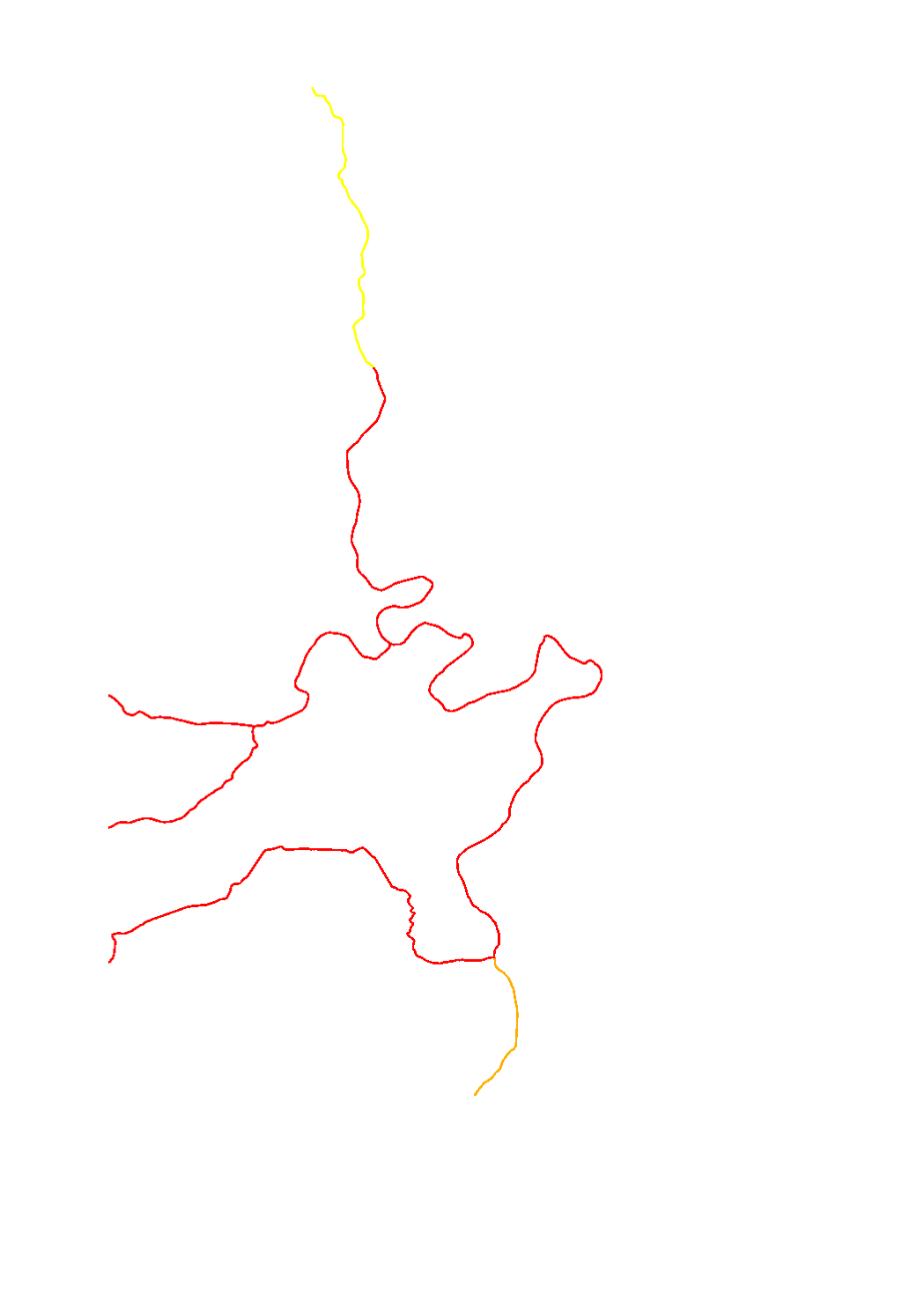
Overall evaluation of the hydromorphological status per surface water body. The assessment of the hydromorphological status is based on the mapping and the assessment of the structural quality of the Luxembourgish watercourses. The quality elements which have been covered in the framework of the structural quality mapping are: morphology, continuity and hydrological regime. The hydromorphological status is assessed in 5 classes. It is a “pessimistic assessment” because only the worst of the three parameters morphology, continuity and hydrological regime is retained.
-
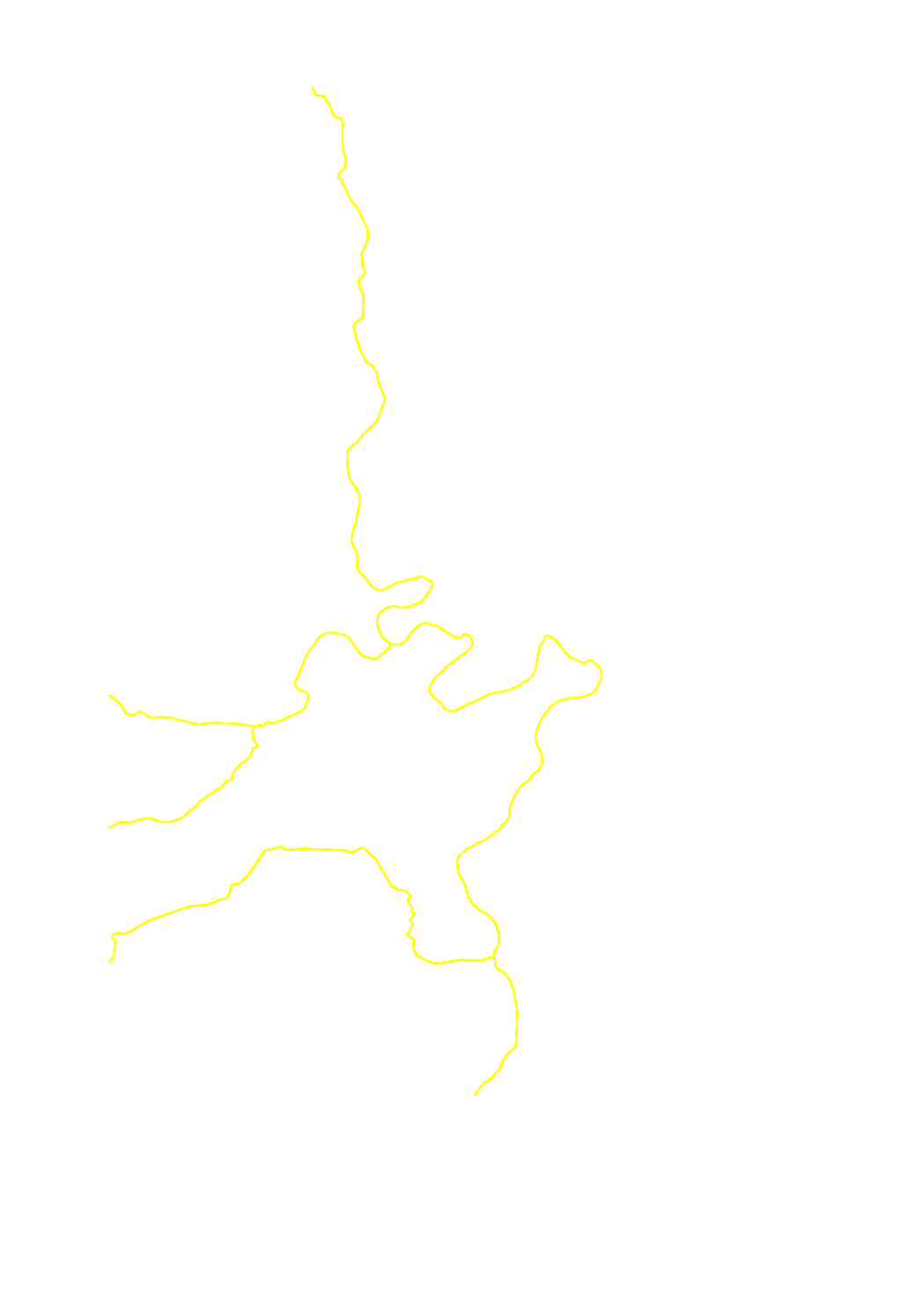
According to the water framework directive WFD (DIR 2000/60/CE), important physico chemical parameters are measured in the surface water bodies for the assessment of the ecological status. The modalities for this monitoring are stated in the grand ducal Regulation of 15 January 2016 (règlement grand-ducal du 15 janvier 2016 concernant l'évaluation of the dimension d'eau de surface). General physico-chemical parameters are used together with the river basin specific pollutants for evaluation of the ecological status.
-

The evaluation of the groundwater bodies is based on the quantitative and the chemical status. The groundwater bodies can be classified as good or as bad.
-
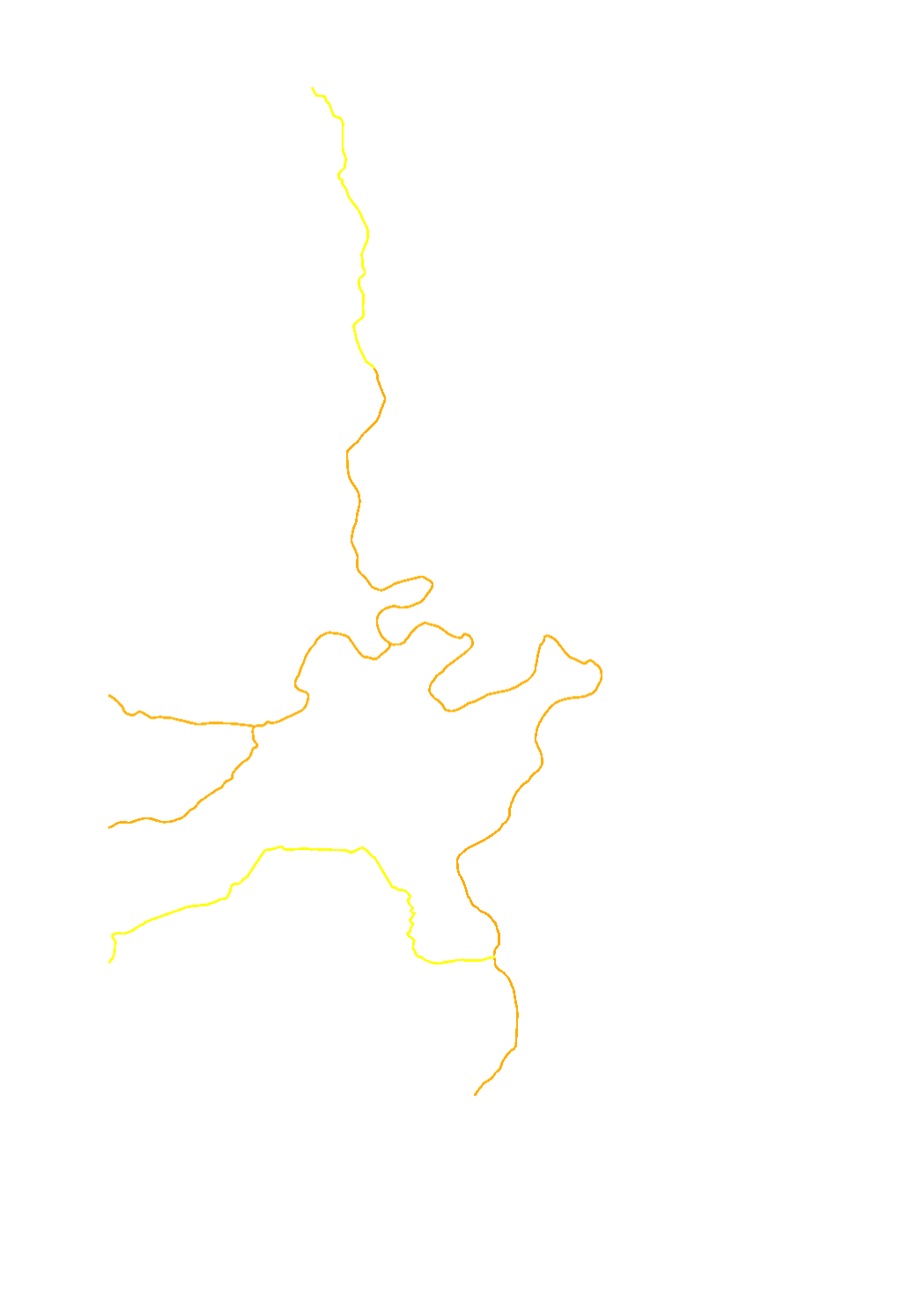
Macrophytes are a sub-element of the biological quality element (BQE) of the aquatic flora used for the assessment of the ecological status/potential. The assessment is made in 5 classes : high (blue) - good (green) - moderate (yellow) - poor (orange) - bad (red). Macrophytes are particularly sensitive to organic pollution, trophy and hydromorphology.
 geocatalogue.geoportail.lu
geocatalogue.geoportail.lu